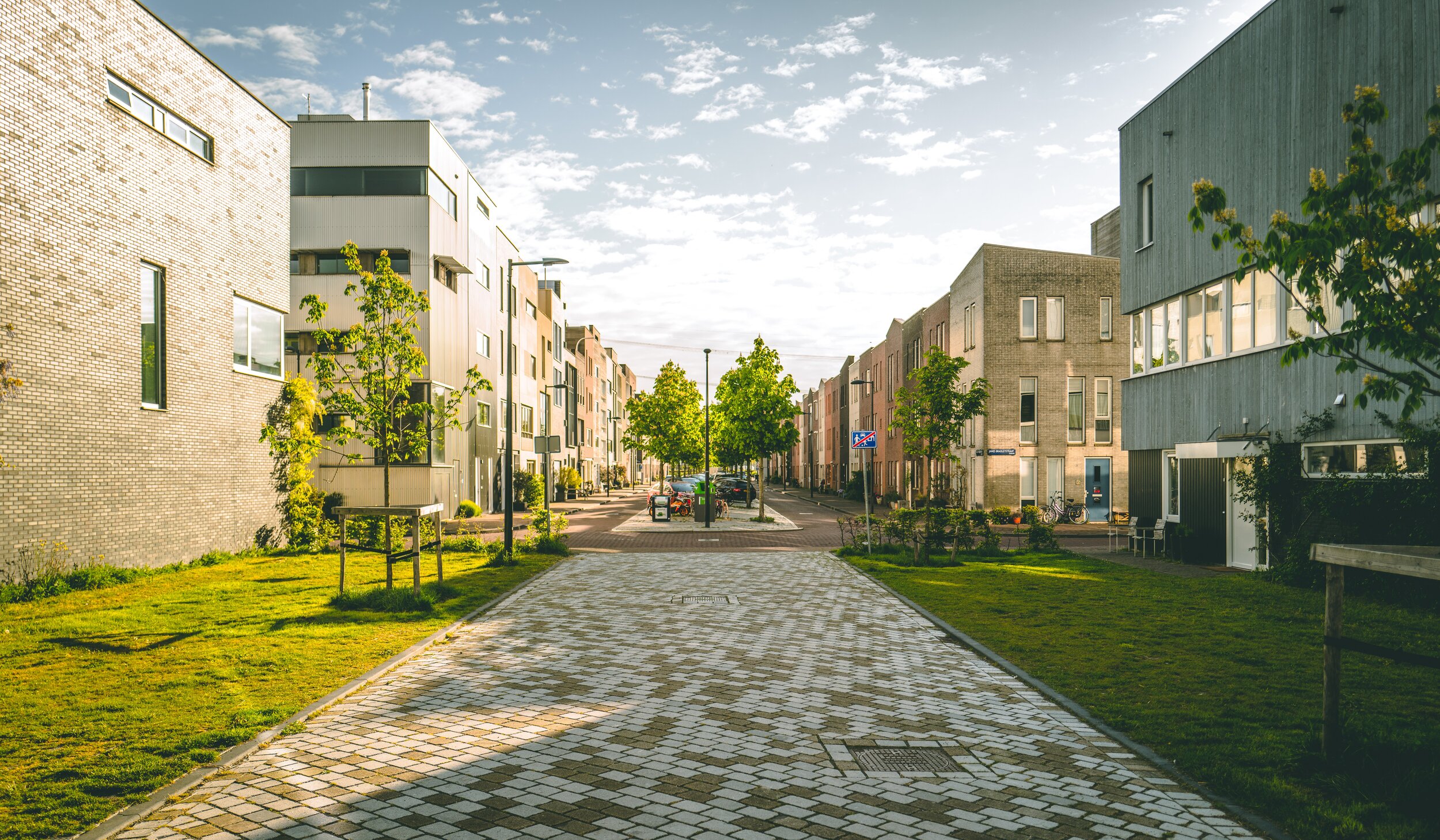Why Neighbourhood Design?
Neighbourhoods are windows for immediate action. Acting as innovation labs, neighbourhoods are able to pursue activities at a smaller scale that can then be used as a proof of concept for replication at city level. Neighbourhoods are big enough to aggregate the interrelated components and give way to a coherent urban fragment, yet small enough to reduce some of the complexities of system integration and to see results in a shorter time period.
Good neighbourhoods are the cornerstone of sustainable communities and the fundamental scale of people-centred urbanism. A good neighbourhood is a place where people can easily meet their daily needs while feeling safe; where people find high-quality urban landscapes and open spaces, shopping and recreation, good schools and childcare facilities, as well as good transport links to the places they need to get to.
Neighbourhoods are an integrative scale with the capacity to deliver carbon-neutrality, resource-efficiency, and inclusiveness. It offers the opportunity for urban densities and transit accessibility to be aligned (halving transportation energy), building systems to be more efficient through synergies at a higher scale (halving operational energy), infrastructure and urban landscape to be integrated in a whole-systems design concept. Thus, designing zero carbon neighbourhoods requires an understanding of how design decisions on location, movement, connections, orientation and biodiversity make a place more or less sustainable.
The planning and design principles at neighbourhood scale presented in these Guidelines generally have a range of benefits that go beyond carbon emissions and resource use: better quality of life, better access to jobs, congestion reduction, improved public health and increased productivity and resilience.



